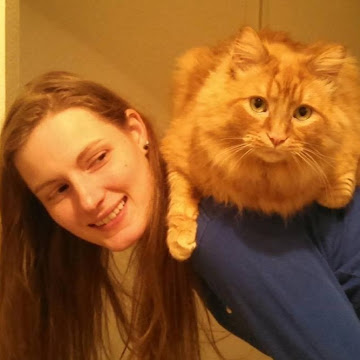
Introducing a new cat to your existing feline family member can seem daunting, but it doesn’t have to be. Several tips and tools can help facilitate a successful introduction and set you up for a harmonious coexistence. It’s important to remember that it can take quite some time for cats to adjust to a new home or housemate, so patience is not just a virtue but a key to success.
Give your new cat its own private area while they adjust.
When bringing home a new cat, they should initially be confined to one area—a private, quiet space that allows them to feel as safe and secure as possible while adjusting to their brand-new environment. With all the necessities (food, water, a litter box, toys, somewhere to hide, and a scratching post), this area serves as a sanctuary for your new cat, a place where they can feel at ease and gradually adapt to their new surroundings.
Expect your new cat to settle into this space for at least a few days (or longer) before starting the introduction process.
Nose first, eyes later!
An excellent way to start the introduction process is with scent swapping. This can be done by exchanging bedding or toys between the cats so they can smell each other without the added stress of seeing one another. Once the cats seem used to the smell of each other, you can let your new cat out to explore the home. This should be done while the other cat(s) or pets are not around. This will allow your new cat to get comfortable in the house and adjust to new scents without having any face-to-face meetings too soon.
Look, but don’t touch!
After your new cat has explored the home and become comfortable in the new space, they can have a visual introduction with your other cat. This should be done by having a barrier between the two so they can see and smell each other but do not have any physical contact. Feeding, playing, and providing treats and other goodies (like catnip) with each cat near the barrier can create a positive association with one another.
Keep calm and carry on… closer.
You can gradually try removing the barrier when both cats seem content with visual meetings.
When allowing the cats to meet and interact, ensure that each one can safely retreat to their safe space. If they become overwhelmed or stressed, it is essential that they can flee to an area away from the other cat where they feel safe.
Be prepared to step in and separate them if you see any aggression. If one or both cats do not interact well, return to visual meetings only until they feel more confident. Reward the cats with treats or play for positive interactions.
Work hard so your cats can play harder.
Playing with each cat before introductions can alleviate pent-up energy and help them become calmer and more confident in their interactions.
Pheromone sprays and diffusers can also benefit some cats. Try these a few days before the new cat comes home, and continue using them for at least a month.
Over-the-counter calming supplements for cats can also help ease a transition period. The effectiveness of pheromones and supplements varies widely from one cat to another, so be ready to try different things to find what works best for your cat.
Patience pays off.
Always remember to go slow and be patient. The slower you can be with each step of the introduction, the better your chance at success. If you get to a point where things are not going well, go back a step or two and wait longer before progressing. A successful introduction and integration into the home can take weeks to months, and it is imperative not to rush the process. But with patience and positive reinforcement, your cats are more likely to succeed!